Post-stroke swallowing disorders increase complications such as aspiration causing pneumonia and malnutrition, so rehabilitation intervention is very important.
This article was professionally consulted by Dr. Lam Nguyen Thuy An, University of Medicine and Pharmacy Hospital, Ho Chi Minh City - Facility 3.
Overview
- Dysphagia is the feeling of "stuck" or obstruction in the passage of food through the mouth, throat, or esophagus.
- The prevalence of swallowing disorders ranges from 19% to 65% in the post-stroke period.
Symptom
- Coughing or choking when eating or drinking. Can cough and choke at the same time.
- Food stuck in throat, often have to clear throat to clean throat.
- Drooling.
- Eating or choking, swallowing slowly.
- Voice changes after eating or drinking (hoarse, raspy, slurred...).
- Unable to chew or shortness of breath when eating or drinking.
- Weight loss if swallowing disorder persists.
Complications
- The risk of aspiration causing pneumonia is the most common complication of swallowing disorders.
- Swallowing disorders are associated with impaired pharyngeal sensation, 100% of patients with swallowing disorders have unilateral or bilateral pharyngeal sensory loss.
- Poor oral hygiene, reduced resistance.
- People with swallowing disorders are susceptible to dehydration and malnutrition.
- Reduced quality of life and social isolation.
Nutrition
- Severe swallowing reflex disorder:
* Do not eat or drink by mouth.
* Feeding through a gastric tube, endoscopic percutaneous gastrostomy.
* Venous nourishment.
- Moderate swallowing reflex disorder:
* Eat smooth, solid foods, drink small sips of water, supplement through a gastric tube, and intravenous nutrition.
* Individual mode.
- No swallowing reflex disorder: Eat normally, however, supervision is still needed at first.
Treatment
Speech-language pathologists will identify swallowing deficits and select and coordinate interventions to restore swallowing function. Interventions include compensation techniques, swallowing exercises, rehabilitation aids, and invasive treatment procedures.
- Appropriate swallowing posture includes: chin flexion and turning the head toward the paralyzed side. Chin flexion is applied when pharyngeal swallowing is slow and airway protection is reduced, to narrow the laryngeal entrance, reduce the distance between the epiglottis and the pharyngeal wall to help the epiglottis close more tightly.
- Head lift exercise: This exercise aims to improve sphincter opening to reduce food stagnation when swallowing. The patient lies on the bed, lifts the head off the bed for a few seconds, repeats 20 times.
- Techniques to increase sensory awareness include changing food temperature, carbonated drinks, and sour foods to improve oral-pharyngeal sensation. Depending on the level of swallowing disorder, there is an appropriate diet.
* Level 1: Pureed dysphagia.
* Level 2: Soft diet without solid ingredients (mechanically altered dysphagia).
* Level 3: Soft diet, including solid ingredients (advanced dysphagia).
* Level 4: Regular diet.
- Some breath holding techniques when swallowing.
- Combined measures to support swallowing rehabilitation include:
* Acupuncture.
* Drug (metoclopramide).
* Neuromuscular electrical stimulation (NMES).
* Pharyngeal electrical stimulation.
* Transcranial electrical stimulation (tDCS).
* Transcranial magnetic stimulation.
American Italy
Source link










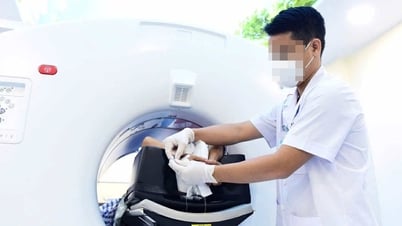






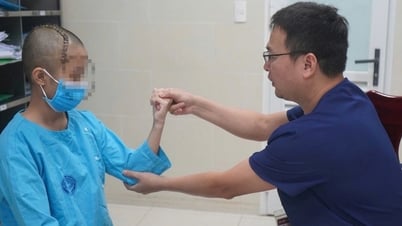

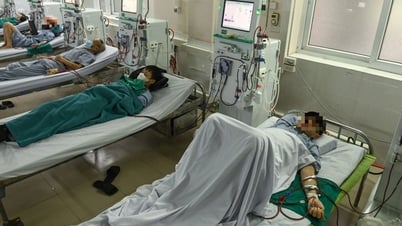


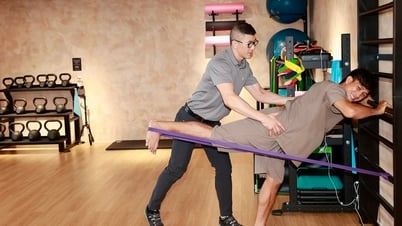
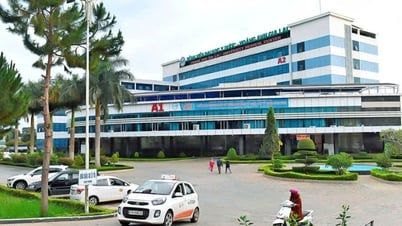












![[Photo] Overcoming the heat, practicing to prepare for the parade](https://vphoto.vietnam.vn/thumb/1200x675/vietnam/resource/IMAGE/2025/6/21/b93392e8da8243b8a32040d19590e048)
























![[Maritime News] Wan Hai Lines invests $150 million to buy 48,000 containers](https://vphoto.vietnam.vn/thumb/402x226/vietnam/resource/IMAGE/2025/6/20/c945a62aff624b4bb5c25e67e9bcc1cb)










































Comment (0)